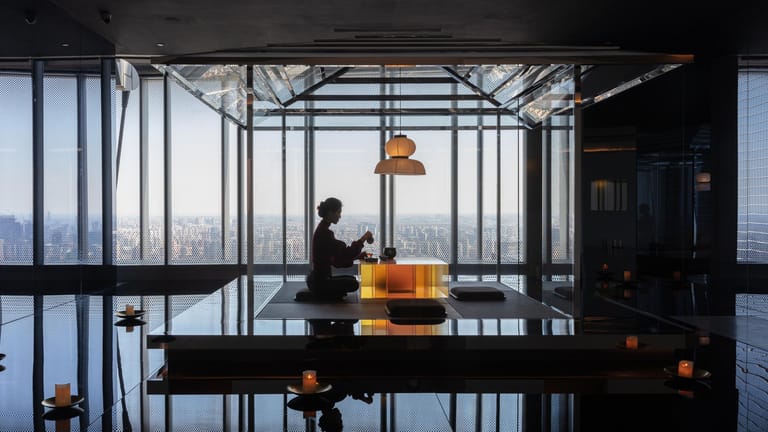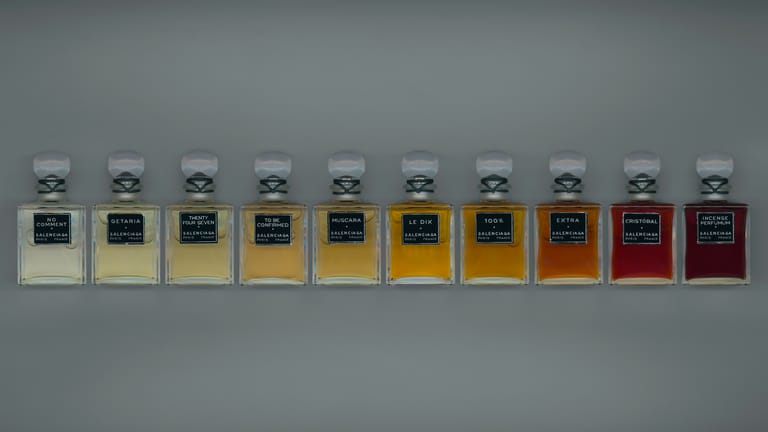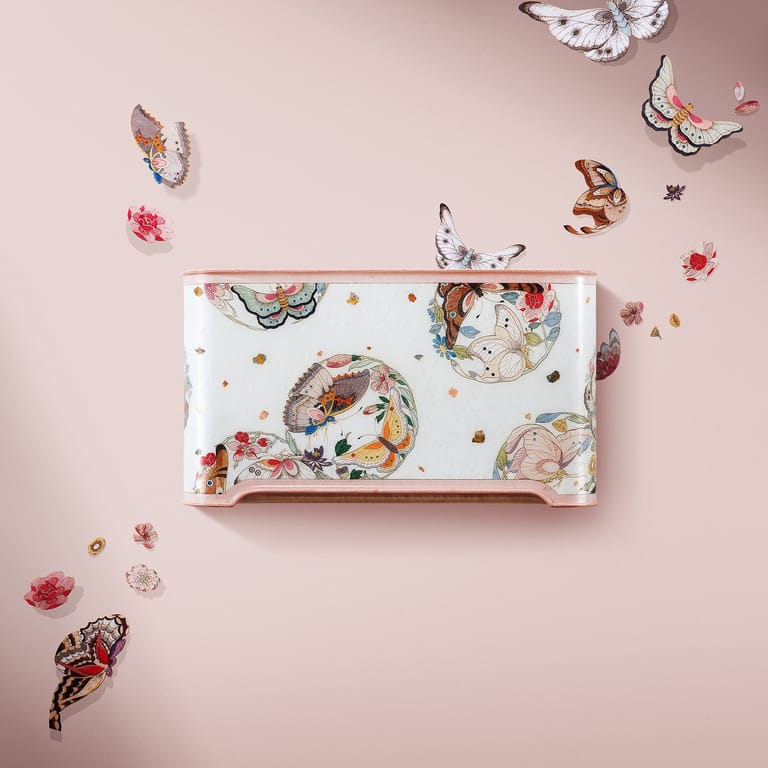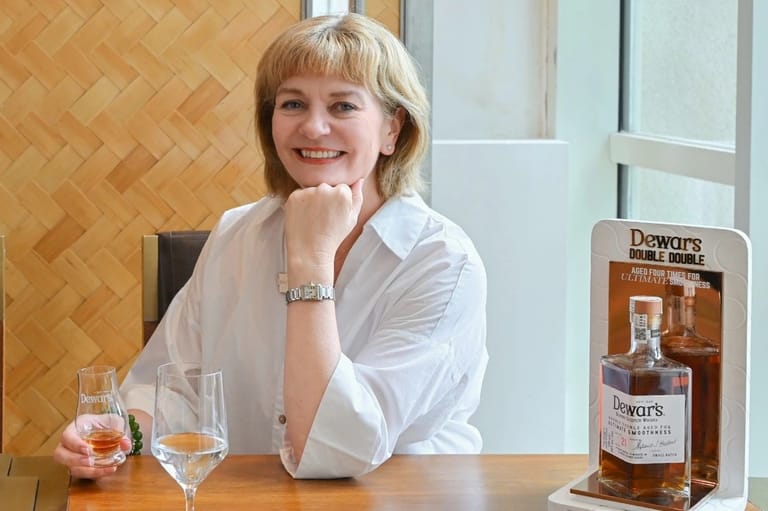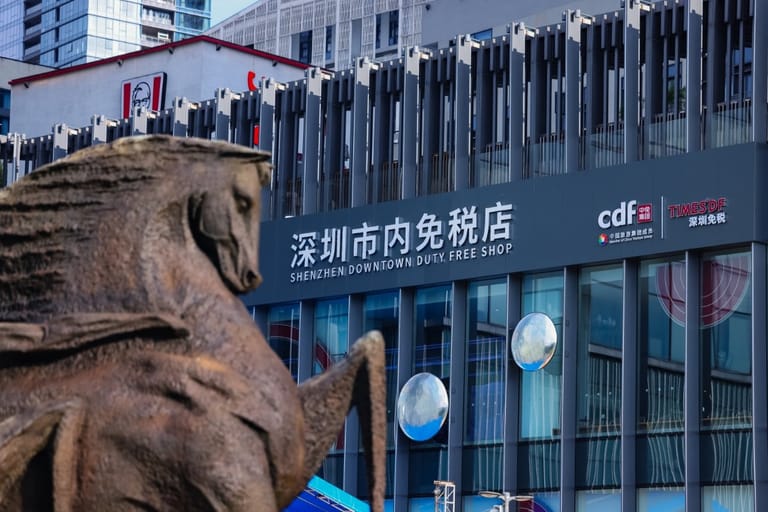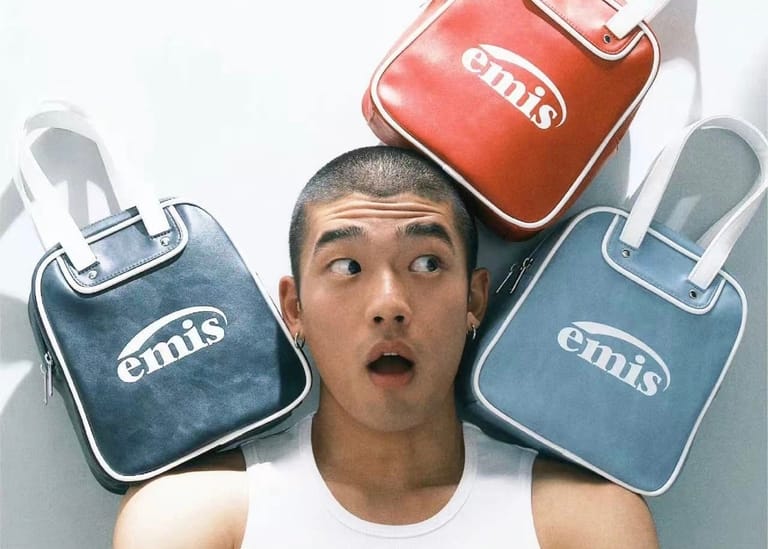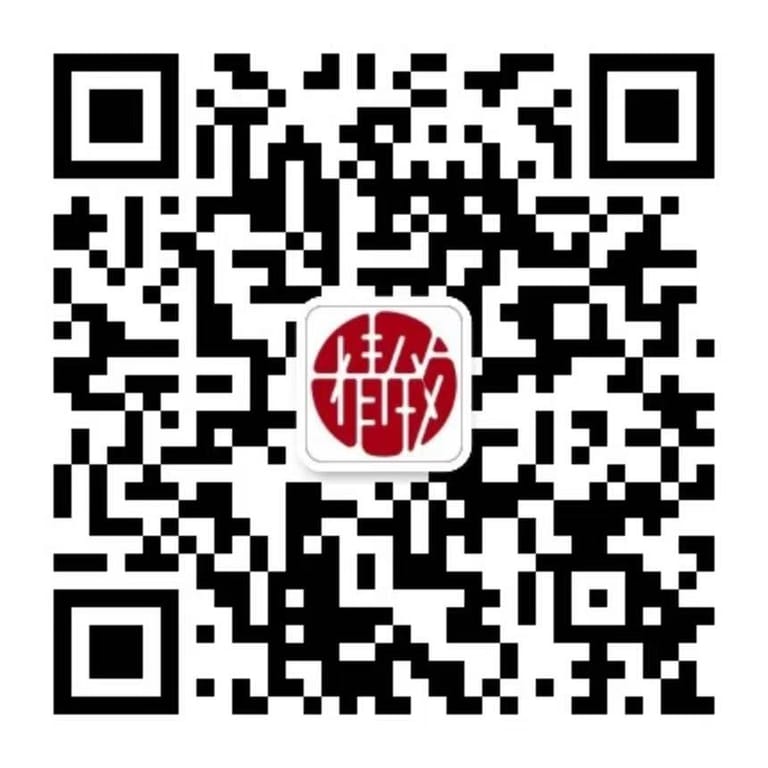Wu Man: Cultural Exchange Requires “Taking a Step Back”
By
Anqi Wen
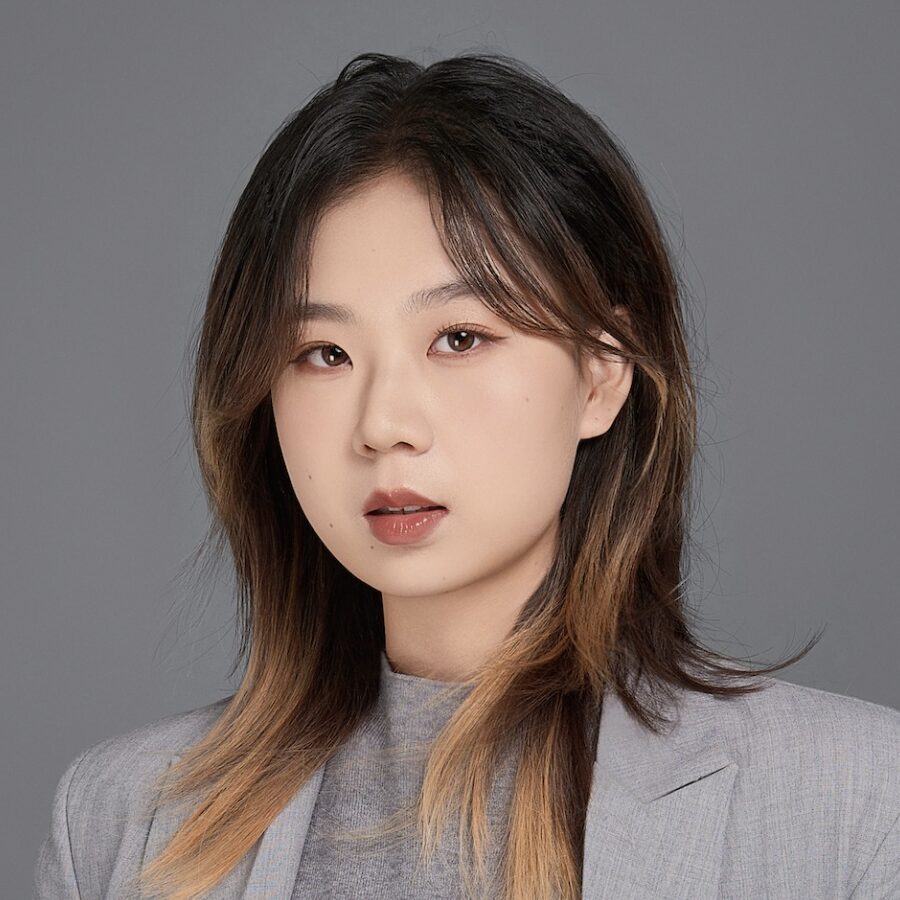
Published on
January 29, 2025
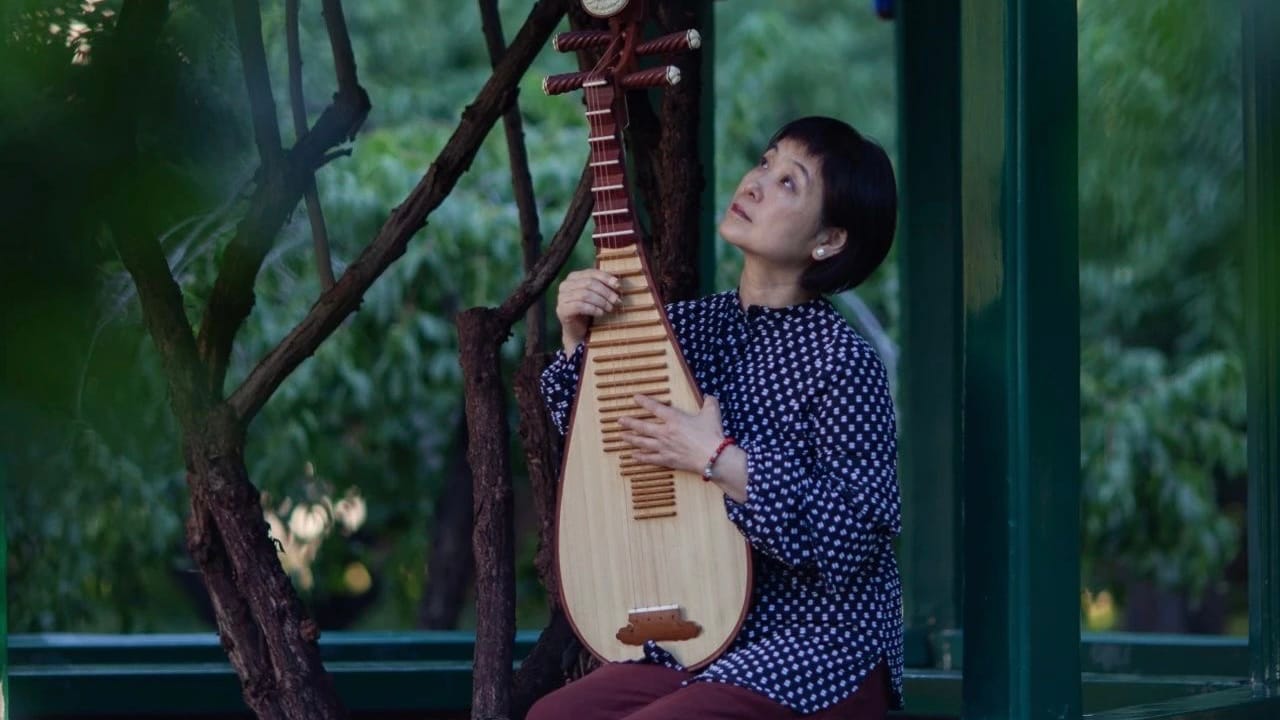
The Visionary profiles the individuals redefining creativity and leadership in China’s evolving landscape—from fashion and art to technology and business. Through in-depth interviews and sharp analysis, this column unveils the minds driving innovation, exploring their inspirations, challenges, and the lasting impact of their work. These trailblazers aren’t just keeping pace with change; they’re leading it.
In an increasingly globalized world, Chinese creators face a new challenge: uncovering how to engage in public discourse and generate meaningful cultural conversations. As the novelty of traditional arts fades for international audiences, how can Chinese artists leverage the resurgence of local culture to open new cross-disciplinary opportunities? While many are still exploring these boundaries, Wu Man—one of the pioneers of cross-cultural artistic collaboration—has long mastered the intricacies of this field.
In December 2024, the celebrated pipa (琵琶) player, soloist, and educator released her latest album, Wu Man: Dunhuang. As the first Chinese musician invited to perform at the White House, the Grammy-nominated Wu has dedicated decades to introducing the beauty of Chinese instrumental music to the world. Beyond performance, her career exemplifies how music can serve as a powerful medium for cultural exchange.
One month after the album launch, we sat down with this world music artist to explore how traditional Chinese music can claim its space on the global stage. More importantly, how can modern cross-cultural artistry connect with younger generations raised in the digital age?
Culture is Never Isolated
“How do you make the world see you as one of their own?” This was one of the first questions Wu faced when she embarked on her international career in the early 1990s.
In traditional Chinese music, pipa compositions fall into two major categories: wenqu (lyrical pieces) and wuqu (martial or narrative pieces). Wenqu emphasizes atmosphere and subtlety, treating pauses and silence as essential to expression, akin to the artistic concept of liubai (negative space) in Chinese painting. In contrast, wuqu follows a more dramatic and narrative-driven structure, which aligns more closely with Western musical traditions.
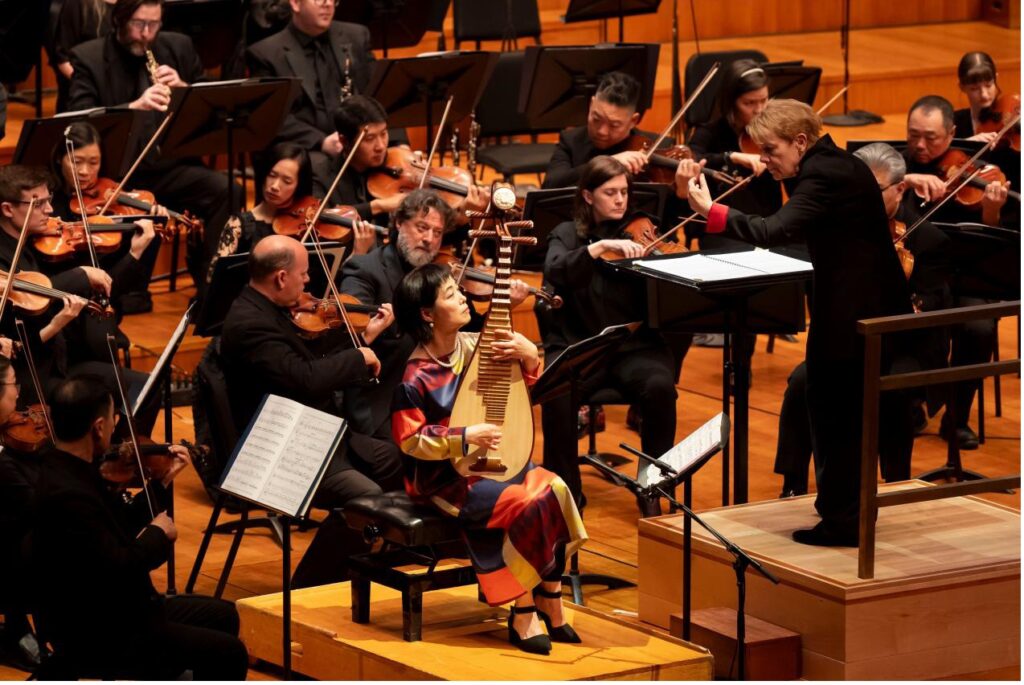
Confronting vast cultural differences, Wu initially introduced the pipa through visual analogies, comparing Chinese ink paintings to Western oil paintings to illustrate distinct aesthetic approaches. However, she soon realized that genuine cultural connections happen in unexpected moments. At a solo concert at Yale University, after performing Spring River, Flower, and Moonlight Night, an audience member told her that the melody was reminiscent of Mississippi Delta blues. At that moment, two seemingly distant musical traditions found a common emotional ground, transcending cultural barriers.
Wu discovered that music’s ability to evoke shared emotions is more about overlapping experiences than contrasting perspectives. She began looking for connections between instruments instead of reinforcing their differences. For example, when introducing the pipa, she explains, “This instrument shares the same ancestry as the guitar—it simply expresses music differently.” The true distinction lies not in technique or structure but in the cultural narratives embedded in each instrument’s history.
Crossing Borders, Breaking Barriers, Returning Home
Wu is one of the rare musicians credited with transforming the history of the instrument they play, as noted by The Boston Globe. Her artistic approach breaks conventional pipa techniques, seamlessly blending with jazz, electronic music, opera, and chamber ensembles. Decades of international performances have refined her collaborative instincts, reinforcing her belief that musical fusion should happen naturally rather than being forced.
Today, Wu has shifted her focus back to China—but with a renewed perspective. Although she has successfully introduced Chinese music to Western audiences, bringing it back home presents new challenges. The cultural revival among younger generations coincides with a deep search for identity, creating an enthusiasm for and a critical reflection of cultural heritage.
For Wu, presenting the pipa to today’s audiences—whether in China or abroad—requires a fresh perspective. With time, younger generations have become both distanced from and intrigued by traditional instruments. In an era where information transcends borders, cultural distinctions are increasingly shaped by generational experience rather than geography.

“The search for cultural roots is natural. Everyone asks themselves, ‘Who am I?’ But interestingly, through collaboration with others, I’ve discovered more about myself,” Wu said. Having spent over thirty years abroad, she has witnessed the resurgence of traditional culture in contemporary China. Social media has amplified its reach, making “breaking barriers” a widespread movement rather than a niche pursuit.
Today, traditional Chinese culture is reaching new audiences through gaming, online tutorials, and tourism-driven intellectual property collaborations. These modern adaptations create tangible access points for young audiences, turning cultural heritage into a shared experience rather than a relic of the past.
From Artistic Value to Subtlety Value
Cultural crossover offers brands and creators alike an effective strategy for establishing identity. However, it also presents potential pitfalls. An excessive focus on defining “who we are” can lead to a rigid, didactic approach that fails to resonate emotionally. In cultural and artistic exchanges, simply imitating external forms or chasing popular trends often overlooks the deeper essence of cultural heritage.
Wu explains her philosophy as “Take a step back, and the horizon expands.” Cultural exchange should not be about aggressively asserting presence but rather about engaging with humility and openness, searching for common emotional language. “Perspective is everything. When you look at the world, you gain confidence. You find your place, understand your instrument’s uniqueness, and develop your identity,” Wu shares.
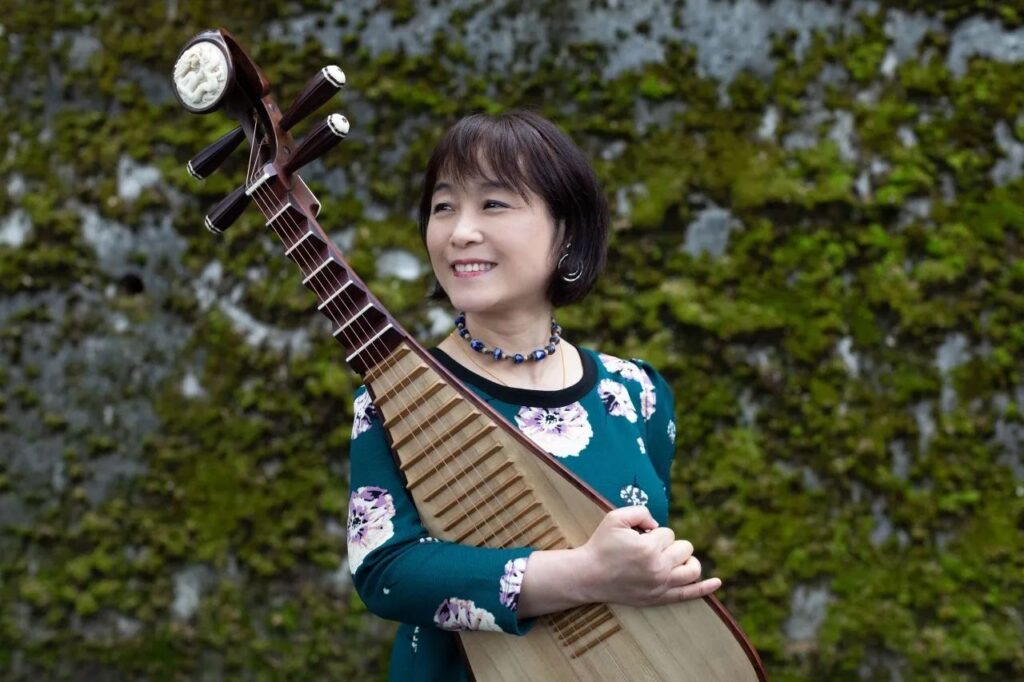
At the same time, re-examining the relationship between music and culture is crucial. As a witness to China’s evolving cultural landscape, the pipa has journeyed from imperial court performances to Silk Road exchanges, from ritual ceremonies to entertainment. Its transformation reflects the broader transition of traditional arts—from elite culture to a more accessible and widely appreciated form.
Rather than limiting subtlety to traditional elite aesthetics, Wu highlights the importance of craftsmanship, attention to detail, and a commitment to excellence. “The sense of jingzhi (精致) isn’t just about high art—it’s about the ability to inspire deep emotions and appreciation. That’s what literati music has always been about.”
As global cultural collaboration evolves, subtlety as a value will become increasingly crucial. Wu believes that by adopting a more inclusive, flexible, and innovative mindset, Chinese brands and artists can make a lasting mark on the world stage and achieve cultural and commercial longevity.
With the rise of short videos and historical dramas, the pipa is experiencing a resurgence in mainstream entertainment, although Wu warns against its over-commercialization. “We should not only use traditional culture but use it wisely. For me, the cultural significance carried by an instrument is also a form of subtlety—a refined value.”



